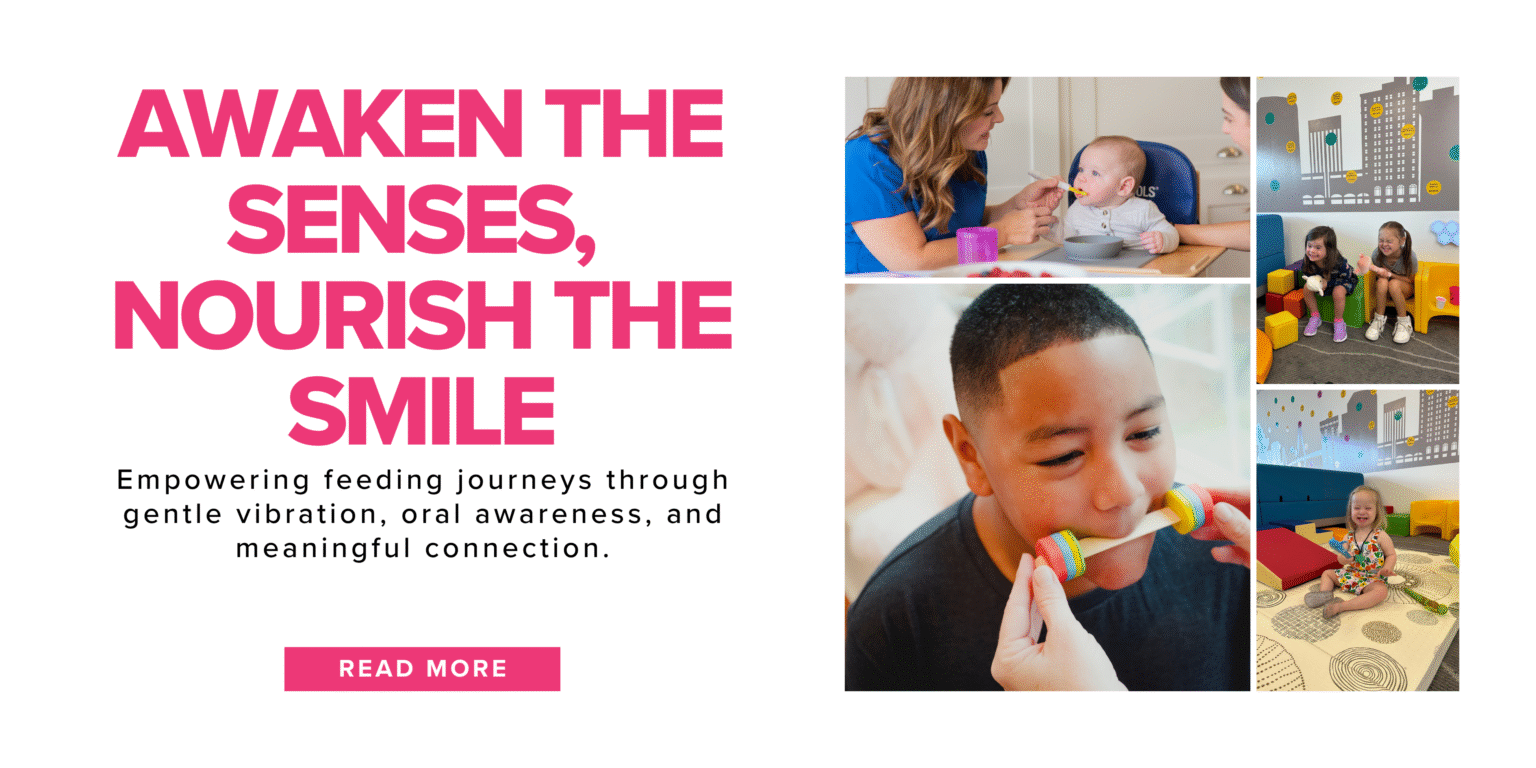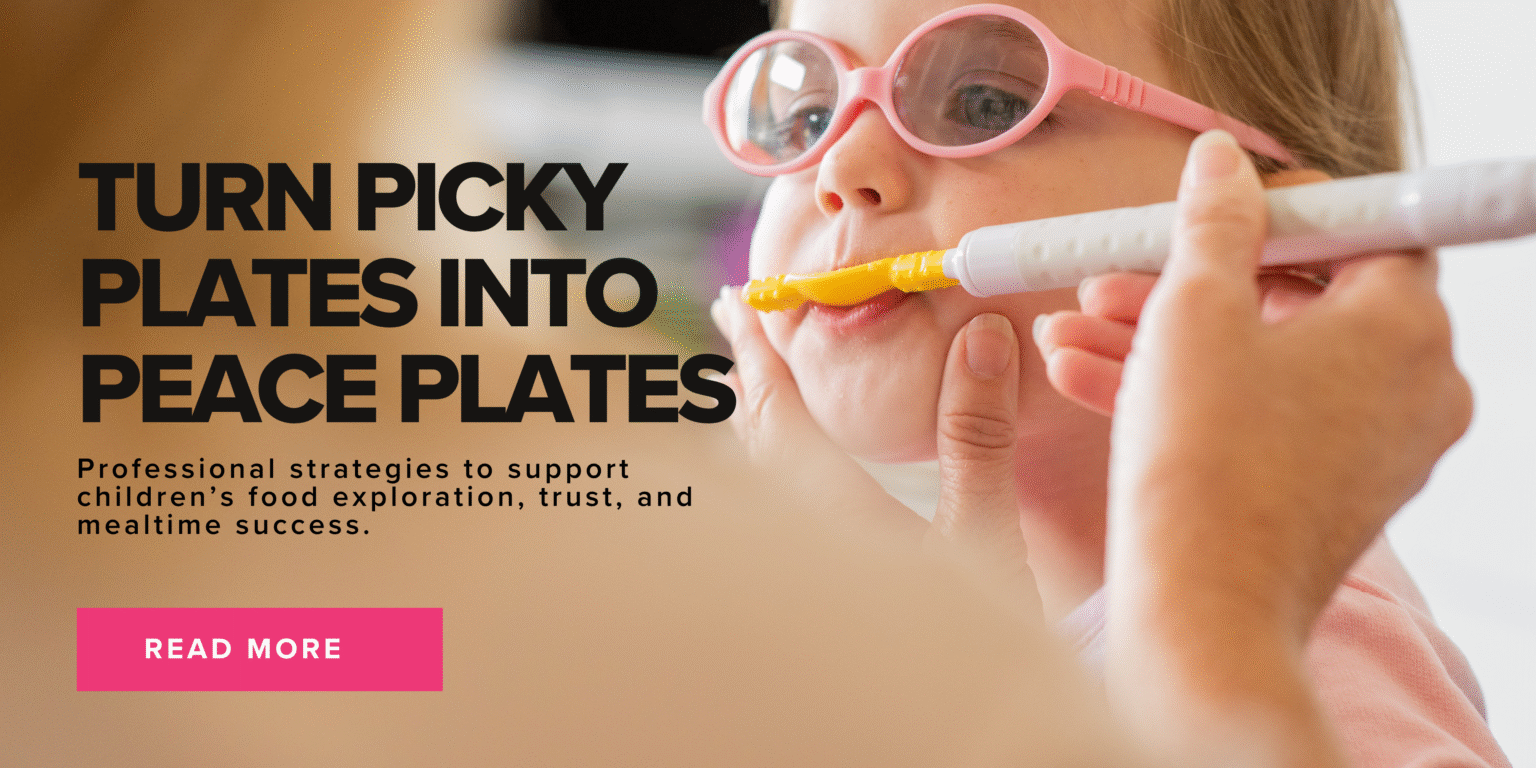So many parents, at this time of year, find themselves throwing out old notebooks, half used crayons, semi-dried-out markers, ripped folders all with the excited feeling that it is summer! Time to just relax. Right?
Well, if you have a child with special needs, that time of sheer freedom does not arrive in quite the same way.
True, you have a bit less of a rigid schedule, a bit less to prepare for each day, but to simply throw out the old school stuff and grab a magazine, lawn chair and plan what to grill for dinner is not how it plays out, at least in my experience.
If you ask anyone who knows me what I love the most, they would answer when my children are home. So of course, I greeted summer with a happy heart, and of course I tossed many a backpack into the corner of the hallway, but then I turned my thoughts on how to make summer fun while still meeting the goals and needs of Elizabeth.
So how did I do it and truthfully continue to do it?
Well, I think one thing I do is to spend some time thinking about some of the goals from Elizabeth’s new IEP that I would like to focus on during summer. And since we adjust her IEP in the Spring, I could use it as a bit of a guide. Once I have some ideas I try to visualize how I can slip them into the day.
Then I think of the things I wish to put into our everyday schedule, like instead of the TV in the afternoon, we would have some music time or some quiet reading time. For those who are younger, we would color or do play dough. Just something to calm ourselves, especially Elizabeth who needs this calming time, and to take a break from the “go” of the day. This is usually around three or four in the afternoon.
We also build in a bit of rest time. So after lunch, we all go to our neutral corners to either watch a video (them, not me) or rest (me, not them).
Of course, there are trips to the park, pool and friends’ houses in our days but I like having this loose structure because then you can build in the therapy play around it.
Something that I think is important is to know that therapy can be built into the play or activities of the average day. And this holds true for speech therapy as well. It’s just that you have to see each thing you do as a potential learning time and/or find ways to incorporate therapy without making it a “therapy time.”
 For example, something we did to help with Elizabeth’s oral motor work was to blow horns. We would get a number of different ones like the ones of TalkTools Original Horn Kit. We would sit on the driveway, put a CD in the player and have fun blowing horns to the songs. I would encourage deep breaths and proper lip placement but after that, it was just fun to do this. Emily, our oldest, loved it too and she and Elizabeth would especially love Horn #4, that has the little spinney thing on top. So we actually bought Emily her own set of horns to use to eliminate any fighting amongst the ranks.
For example, something we did to help with Elizabeth’s oral motor work was to blow horns. We would get a number of different ones like the ones of TalkTools Original Horn Kit. We would sit on the driveway, put a CD in the player and have fun blowing horns to the songs. I would encourage deep breaths and proper lip placement but after that, it was just fun to do this. Emily, our oldest, loved it too and she and Elizabeth would especially love Horn #4, that has the little spinney thing on top. So we actually bought Emily her own set of horns to use to eliminate any fighting amongst the ranks.
So see, you get the oral motor work, breathing, fresh air and all the while it is fun.
 Something else that is fun is to be on the driveway or deck and to bring out the bubbles. We used to have the largest supply of bubble soap in the neighborhood and ours were even scented! Anyway, we had big wands to use standing up and this would work her whole body to turn and twist and to run after the bubbles to pop them. Then we would use TalkTools Bubble Bear to have her work on her ability to blow bubbles. The face of the bear made it fun. I would actually look forward to this because it was simply fun … but still therapy. One caveat is that you need bubble soap that makes good bubbles, like TalkTools Bubble Refill. This instant gratification is critical when a child is working so hard to make it work.
Something else that is fun is to be on the driveway or deck and to bring out the bubbles. We used to have the largest supply of bubble soap in the neighborhood and ours were even scented! Anyway, we had big wands to use standing up and this would work her whole body to turn and twist and to run after the bubbles to pop them. Then we would use TalkTools Bubble Bear to have her work on her ability to blow bubbles. The face of the bear made it fun. I would actually look forward to this because it was simply fun … but still therapy. One caveat is that you need bubble soap that makes good bubbles, like TalkTools Bubble Refill. This instant gratification is critical when a child is working so hard to make it work.
 Even when bringing your child a fun, summer drink, remember that using certain straws, such as those of TalkTools Straw Kit, will help work with your oral motor goals.
Even when bringing your child a fun, summer drink, remember that using certain straws, such as those of TalkTools Straw Kit, will help work with your oral motor goals.
If you are working on language skills, remember the rides in the car are great places to talk, to use descriptive language as you do errands, to ask questions of your child and to help verbally highlight words they may say incorrectly.
If your child needs help with knowing left or right, this can be worked on when driving as well.
 For those times when more concentrated work needs done, say with oral stimulation like with Toothettes or lemon swabs and perhaps some work with letters or words, I have found that a visual schedule is so very helpful. It lets the child see just what you have planned for the session and allows them to see what comes next. Which will hopefully help with the transition from one thing to the next. And in the case of Elizabeth, knowing when she was DONE was huge to her.]
For those times when more concentrated work needs done, say with oral stimulation like with Toothettes or lemon swabs and perhaps some work with letters or words, I have found that a visual schedule is so very helpful. It lets the child see just what you have planned for the session and allows them to see what comes next. Which will hopefully help with the transition from one thing to the next. And in the case of Elizabeth, knowing when she was DONE was huge to her.]
 I made my own schedule chart but one that I love and only wish I had when we were early on in our journey with Elizabeth is the TalkTools Schedule Board Kit. I offer that using one of these is something that is so worth considering.
I made my own schedule chart but one that I love and only wish I had when we were early on in our journey with Elizabeth is the TalkTools Schedule Board Kit. I offer that using one of these is something that is so worth considering.
There really is so much you can do, these of course are just a few that we did. Maybe they will help get some ideas flowing. Please feel free to comment with questions or additional summer speech therapy schedule ideas below.
I wish everyone a happy, safe, productive summer. Ours begins tomorrow and I will again toss a backpack or two and then look to having a fun time as Elizabeth and I begin our 18th summer together.
Blessing to all.
-Michele Gianetti
Michele writes for TalkTools Blog every month about her experience caring for Elizabeth, her daughter with Sensory Processing Disorder and Dyspraxia. Follow her story since the beginning here.



